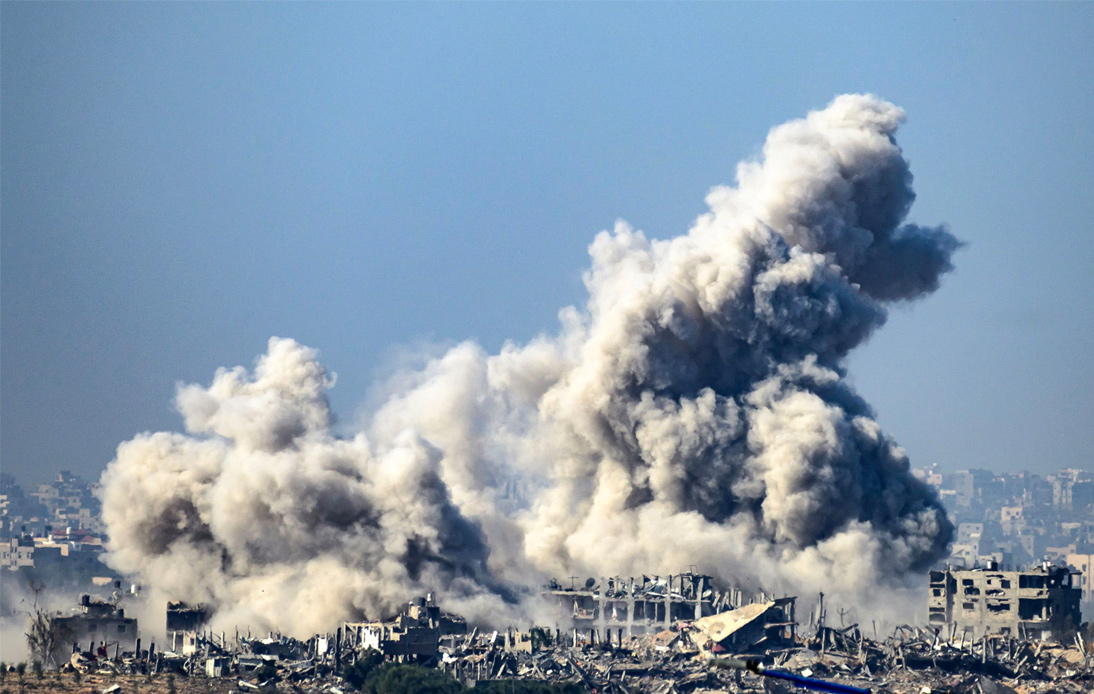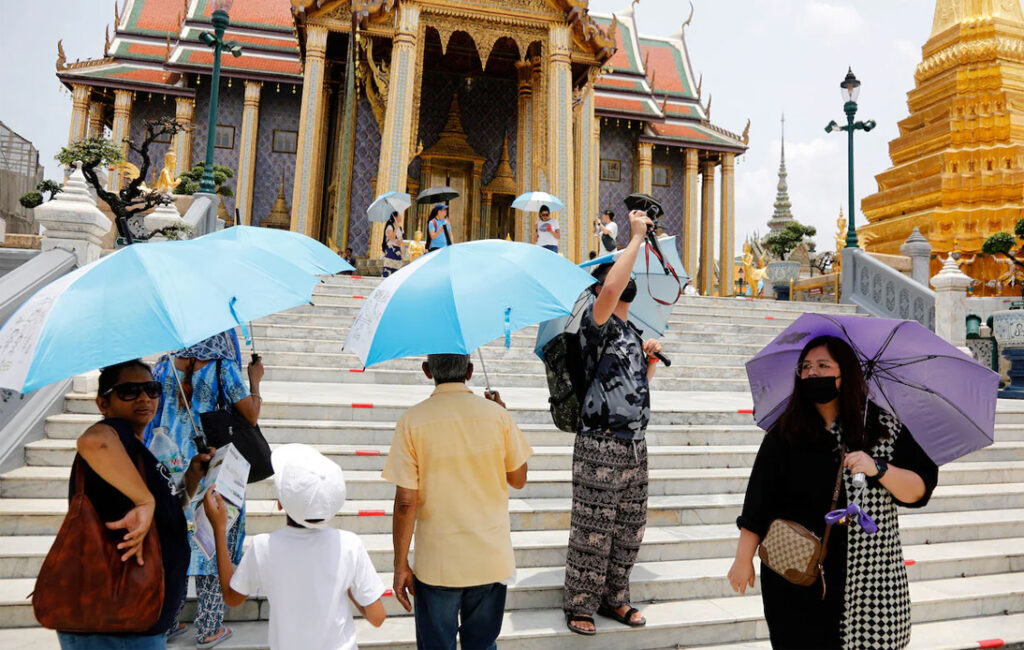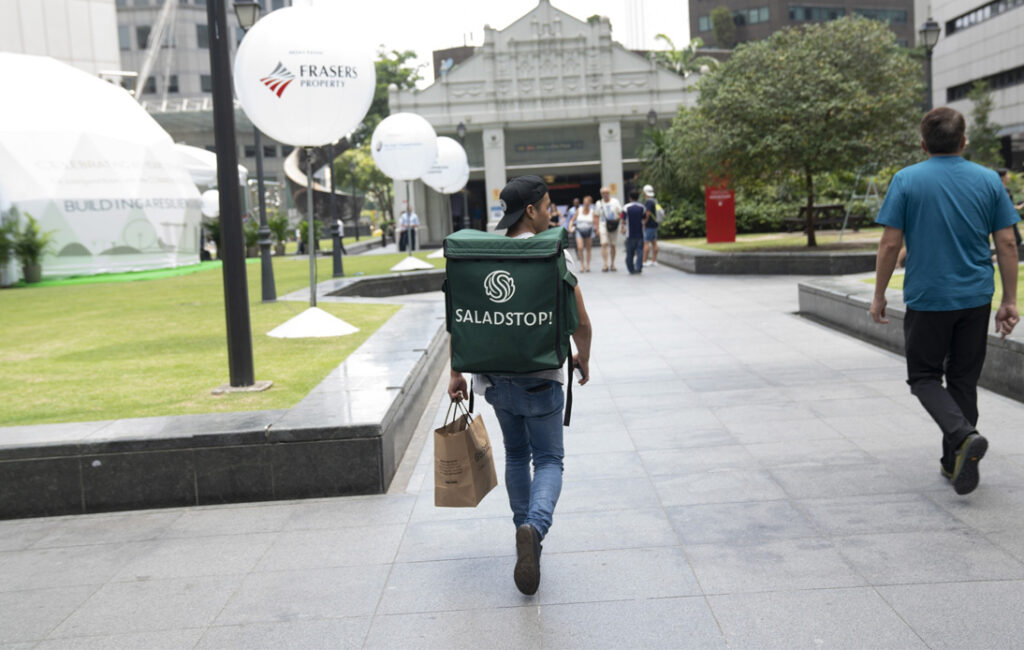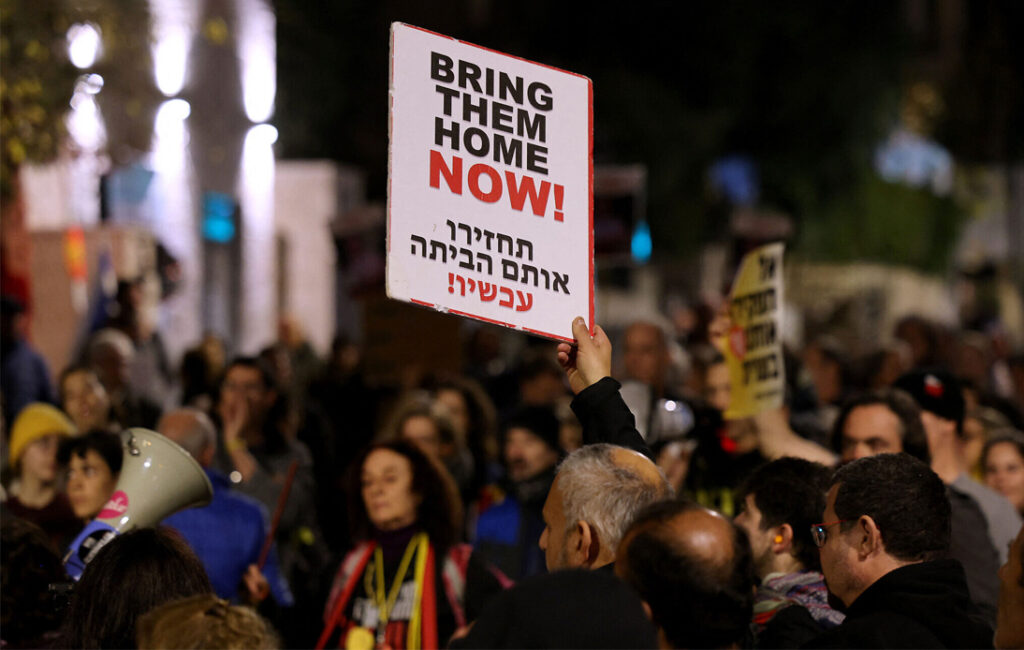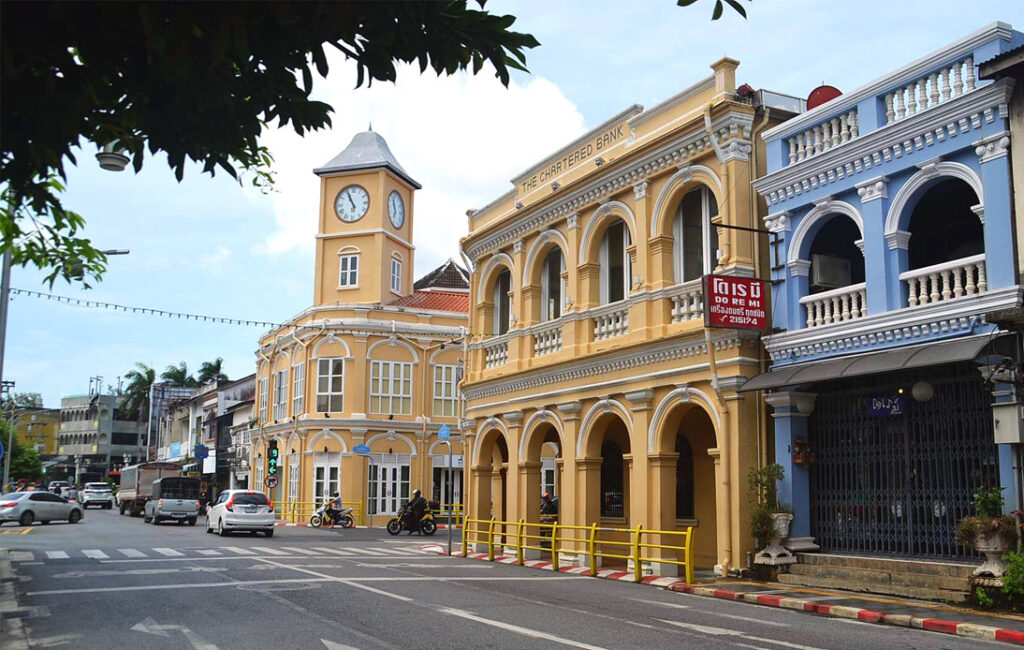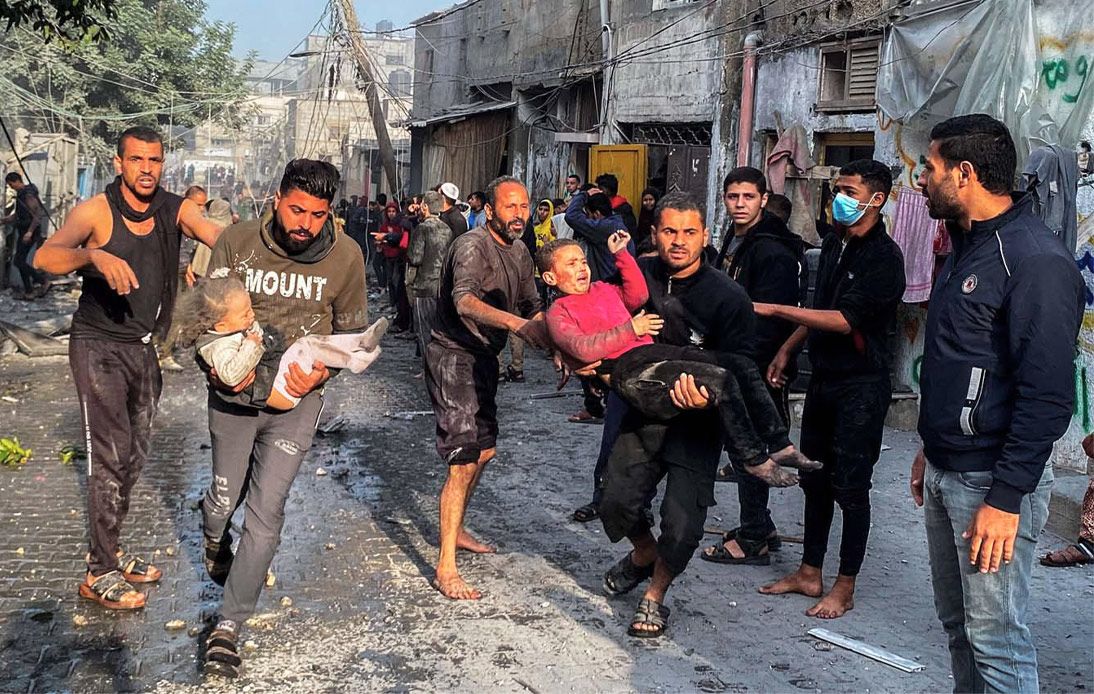
The resumption of conflict between Israel and Hamas has sparked both fear and anger in Gaza. The United Nations has described the situation as a “nightmare.”
The temporary truce ended at 07:00 local time (05:00 GMT), with both sides accusing each other of initiating the resumed conflict.
Since the ceasefire’s expiration, the Gaza health ministry, which is controlled by Hamas, has reported 178 fatalities due to Israeli strikes.
A UN representative noted that critical aid deliveries through the Rafah crossing ceased following the ceasefire’s conclusion.
On Friday morning, the sound of intense gunfire could be heard in northern Gaza’s regions, where Israeli forces had entered, leading to clashes with Hamas militants.
After the ceasefire, the conflict’s intensity did not decrease; there was a deployment of jet fighters and reconnaissance aircraft.
Air strikes have targeted north-western Gaza and Khan Younis in the south, causing mass evacuations earlier in the conflict. Residential areas, including a house near Nasser hospital where the BBC Arabic team was stationed, were hit.
Mohammad Ghalaiyini, a British citizen in Khan Younis, relayed to the media that drones started flying around 06:30, and bombings began around 07:30, occurring every 10 to 20 minutes.
The Israel Defense Forces (IDF) dropped leaflets in areas east of Khan Younis and Salah al-Din, declaring them combat zones and advising some residents to seek shelter in Rafah, near the Egyptian border.
Hamas and other groups launched rockets at Israel, which responded with its Iron Dome missile defense system.
James Elder, a UNICEF spokesman, stated that the renewed violence in Gaza is “catastrophic” for its inhabitants. Elder highlighted the dire situation at Nasser hospital, Gaza’s largest operational medical facility, which is overwhelmed with war-injured victims.
He added that families have been residing on mattresses at the hospital for weeks. “This hospital cannot possibly cope with a surge in wounds from the battlefield with more children with burns, with those horrendous shrapnel injuries.”
Other UN agencies have reported similar conditions in different hospitals. Rob Holden, from WHO, described the situation at al-Ahli Hospital in Gaza City as being ‘like a horror movie,’ even before the resumption of bombing.
Holden’s team, having visited earlier, observed patients with severe injuries and facilities overwhelmed with blood, while deceased individuals were lined up outside in the parking area. According to the WHO, only 18 of Gaza’s 36 hospitals are functioning to some degree.
Richard Peeperkorn, WHO’s representative in the Palestinian territories, expressed grave concern over the crippled state of Gaza’s health system due to the ongoing hostilities.
The broader humanitarian crisis in Gaza is expected to worsen with the continuation of the conflict.
With dangerously low supplies of cooking gas, food, and water, local shops are depleted, and there is insufficient aid for the displaced.
Many displaced persons, who are living in tents, are struggling with the cold and are in urgent need of additional aid, including warm clothing. They report a severe lack of water, food, and medicine reaching hospitals.
During the seven-day ceasefire, aid trucks entered Gaza, but their number was still fewer than the approximately 500 trucks that used to enter daily before the conflict.
Hamas claims to have made several proposals for further hostage releases, all rejected by Israel. The IDF reported that its Friday military strikes targeted Hamas command centers, underground facilities, and groups of Hamas militants.
Officials in Gaza report over 14,800 fatalities, including approximately 6,000 children, since Israel initiated its military campaign against Hamas, with thousands more presumed dead under debris.
This follows Hamas’s attack on Israel on 7 October, which resulted in approximately 1,200 deaths and 240 kidnappings.




